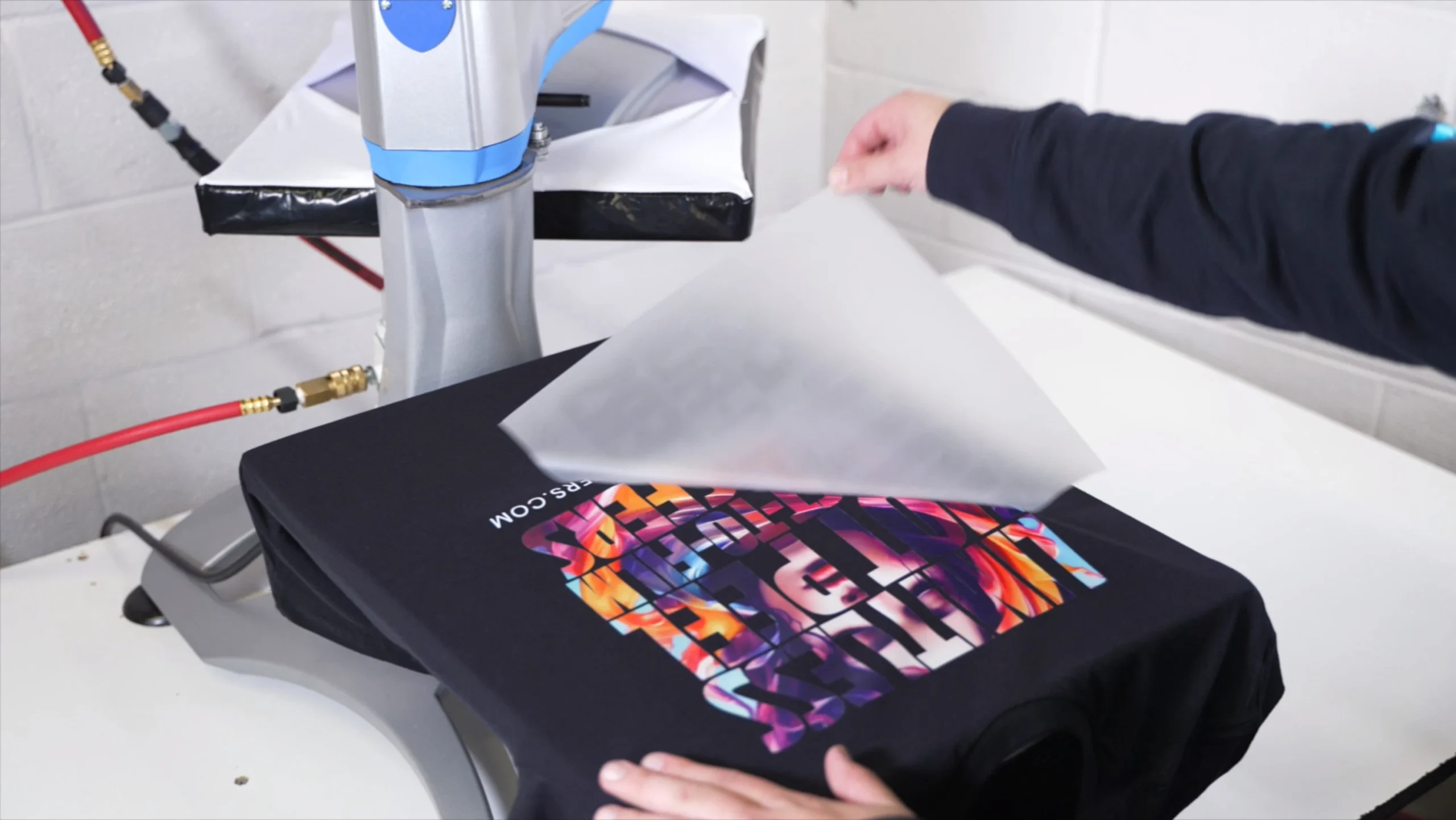Direct-to-film (DTF) transfers have become a revolutionary tool, changing how designs are transferred to fabrics in the always-changing realm of custom apparel printing. DTF transfers are a go-to choice for companies and people wanting to produce vivid, durable, and flexible custom prints since they provide many benefits over conventional techniques. Here we will discuss how dtf transfers the custom printing process and the reasons behind its growing popularity.
Important Advantages of DTF Transfers Bright, detailed prints.
DTF transfers stand out for their capacity to create very vivid and finely detailed prints. High-resolution photos, complex designs, and a broad spectrum of colors to be printed precisely are made possible by the technology. DTF transfers can manage both simple logos and intricate graphics, therefore guaranteeing flawless capture of every element.
Compatibility with Many Materials
DTF transfers operate on a wide range of materials, unlike other conventional printing techniques, which are limited in terms of the kinds of fabrics they may be applied to. Almost any fabric may have amazing, unique prints created using DTF transfers, from cotton and polyester to mixes and even unusual materials like nylon and leather.

Resistance to change
DTF transfers also offer another major benefit in print durability. The glue employed in the method guarantees that the pattern attaches properly to the cloth, therefore producing prints resistant to breaking, fading, and peeling even after many washings. DTF transfers are perfect for long-lasting personalized clothing, particularly for athletics or uniforms that withstand significant wear, because of their strength.
Affordable for Small Runs
To be cost-effective, traditional techniques like screen printing can call for very big production runs. Conversely, DTF transfers let smaller production runs possible without compromising quality. For small businesses, individuals, or anybody wishing to create personalized graphics in limited quantities without breaking the budget, DTF is therefore a great choice.
Simplifying the Custom Printing Approach
Custom printing has been streamlined using dtf transfers, therefore increasing accessibility and efficiency. Making bespoke prints using conventional techniques sometimes required several steps and specialist tools, which might be costly and time-consuming. DTF transfers, however, by cutting the demand for several machines and supplies, they simplify this operation.
Unquestionably, direct-to-film transfers have transformed the custom printing process by providing a flexible, durable, and reasonably priced means of producing rich, vivid graphics on a variety of materials. DTF transfers offer the ideal mix of quality, cost, and efficiency whether your company wants to grow your textile printing operations or you’re someone interested in designing unique clothing.
